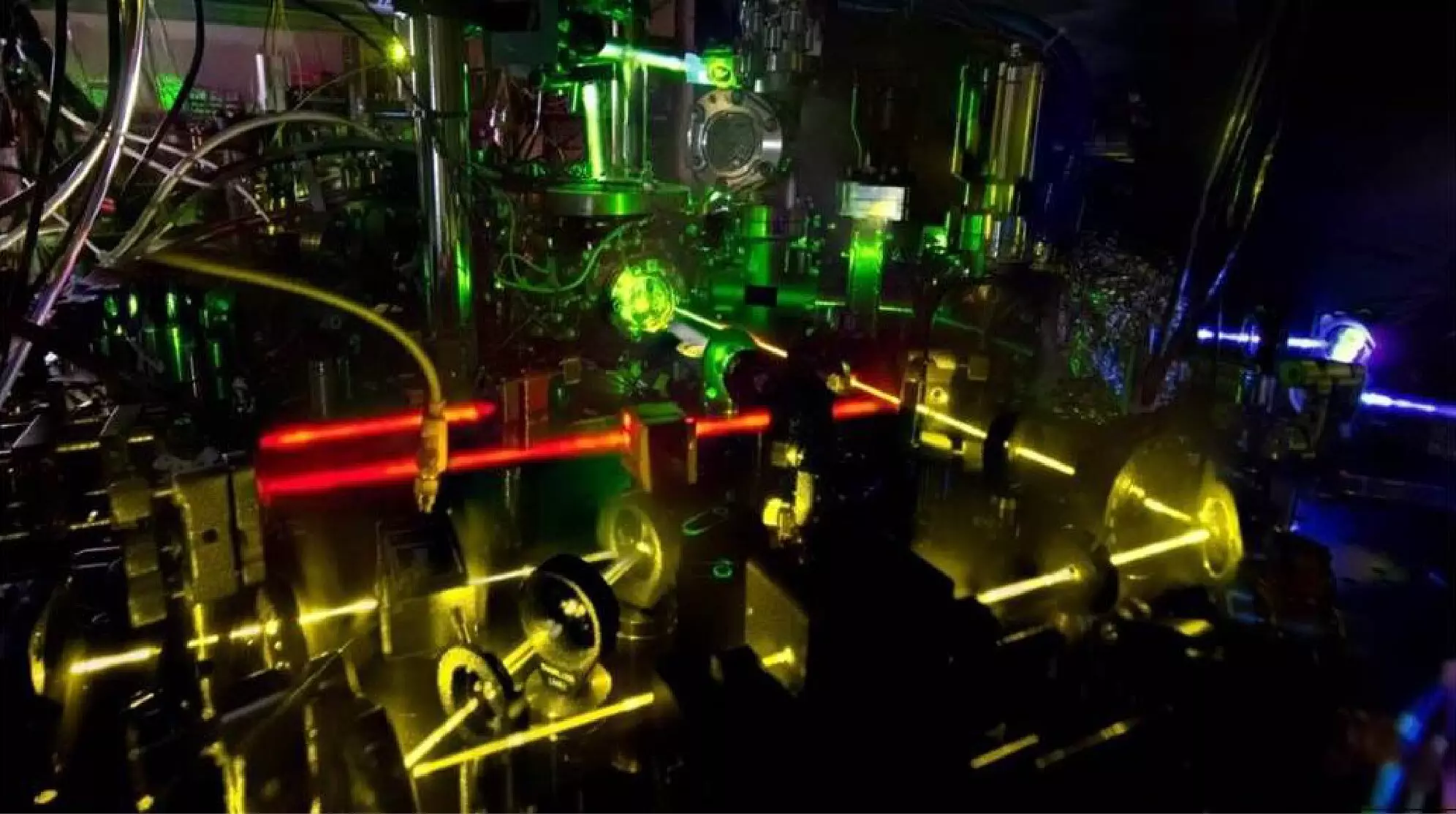Atomic clocks represent the pinnacle of timekeeping technology, relying on the oscillatory behaviors of atoms to provide exceptional accuracy and precision. This cutting-edge technology is foundational for a multitude of applications ranging from GPS systems to telecommunications and scientific research. Recent developments led by a collaboration between researchers from the National Institute of Standards and Technology (NIST), the University of Colorado, and Pennsylvania State University have introduced innovative methodologies to enhance the functionality of atomic clocks. A breakthrough in this field has emerged from a refined Sisyphus laser cooling technique, which promises to elevate the accuracy of these timekeeping devices even further.
The term “Sisyphus cooling” refers to a method of laser cooling that exploits the unique properties of the potential landscape experienced by atoms. The new approach, presented in a paper published in Physical Review Letters, was initially applied to an ytterbium optical lattice clock, showcasing significant enhancements in measurement precision. This innovative cooling technique is noteworthy not just for its immediate applications but also for its potential to influence a wide range of quantum metrology tools, ultimately serving as a cornerstone for the advancement of the field.
Researchers Chun-Chia Chen and his team encountered inspiration from earlier studies focusing on hydrogen and anti-hydrogen, where existing Sisyphus cooling schemes had been established. This prompted a reevaluation of existing techniques and the adaptation of Sisyphus cooling for atomic clocks. Integrating multifaceted laser modulation techniques into their coherent designs has allowed for unprecedented control and energy management within the system.
The functioning of atomic clocks hinges on the precise measurement of atomic states characterized by their transition frequencies. Traditional approaches to high-precision spectroscopy have focused on minimizing the differences in trapping potentials experienced by atoms in various quantum states. However, Chen and his colleagues opted for a differing strategy that ingeniously exploited engineered variations in potential to facilitate Sisyphus cooling.
By adjusting energy levels through periodic modulations, Chen and his team could dictate the position of atomic excitations within this cooling framework. This strategic manipulation ensures that atoms possess the requisite energy to ascend the potential landscape, ultimately allowing for effective cooling as they shed kinetic energy while returning to lower energy states. The brilliance of their approach lies in recognizing that introducing a deliberate displacement in potential could create a more favorable environment for atomic interactions and measurements.
An overarching theme in this research centers on optimizing the conditions under which atomic clocks are prepared and measured. Most traditional precursors to clock spectroscopic activities emphasize reducing trap potential differences. In a strikingly innovative twist, Chen and colleagues introduced a method that augmented the potential discrepancy during sample cooling. This engineering led to what can be considered a competitive advantage; by achieving lower temperatures, they were able to adjust the trapping configurations to improve measurement precision while simultaneously addressing the cooling dynamics.
Their discovery suggests that better-cooled atomic samples result in more uniform conditions, diminishing any adverse effects caused by uneven trapping potentials. The capability of sustaining atoms in shallower traps further supports this improvement, yielding enhancements that could serve multiple applications beyond mere timekeeping.
Future Implications and Technological Prospects
The possibilities stemming from this advancement are not merely academic; they hold significant practical importance within the realms of quantum computing and information processing. As research into Sisyphus cooling continues, the refinements achieved in atomic clock precision could extend to various quantum technologies, potentially revolutionizing the field.
Next steps for the research team include ongoing investigations utilizing this new cooling strategy to enhance optical lattice clocks at NIST. The focus remains on characterizing minimal perturbations introduced by trapping lasers and investigating their implications on clock frequency. The overall vision is clear: by leveraging innovative cooling techniques, researchers stand poised to redefine precision measurements in quantum devices fundamentally.
The novel Sisyphus cooling strategy has opened new avenues for the advancement of atomic clock technology. By allowing researchers to manage the properties of atomic samples more effectively, this technique holds the promise of precision improvements that could resonate across multiple scientific and technological disciplines. As the pursuit of ultimate accuracy continues, the implications of such research demonstrate the profound interconnectedness of fundamental physics and applied technology in our quest to harness time itself.


Leave a Reply